
Association of HLA genotypes with phenytoin induced severe cutaneous adverse drug reactions in Thai children (2020)
Title : Association of HLA genotypes with phenytoin induced severe cutaneous adverse drug reactions in Thai children
Researcher : Clin.Prof.Suwat Benjaponpitak
Department : Faculty of Medicine, Siam University, Bangkok, Thailand
E-mail : med@siam.edu
Abstract : Purpose: Phenytoin (PHT) is a common causative drug for severe cutaneous adverse drug reactions (SCARs) in children. SCARs, including drug reaction with eosinophilia and systemic symptoms (DRESS), Stevens-Johnson syndrome (SJS) and toxic epidermal necrolysis (TEN), are associated with a variation in HLA genotypes. Blood screening for specific HLA allele before PHT prescription would help in the reduction of the incidence of PHT induced SCARs. This study was to investigate the association between variations of HLA genotypes and PHT induced SCARs in Thai children.
Methods: Cases were Thai children aged between 0-18 years diagnosed with SCARs from PHT. Control groups were Thai children of corresponding age who had taken PHT for a least 12 weeks without any hypersensitivity reaction and healthy population controls. Blood samples from both groups were collected for HLA genotyping using a reverse-sequence specific oligonucleotide (SSO) probes method. Carrier rates of HLA alleles were compared between 22 cases (17 DRESS and 5 SJS-TEN), 60 tolerant controls and 649 population controls.
Results: Two HLA alleles includingHLA-B*51:01 and HLA-C*14:02 were significantly associated with PHT induced DRESS (OR 5.83; 95 % CI 1.36-25.00, p = 0.022 and OR 5.85; 95 % CI 1.16-29.35, p = 0.039). HLA-B*38:02 was significantly associated with PHT induced SJS-TEN (OR12.67; 95 % CI 1.50-106.89, p = 0.044). Haplotype analysis demonstrated the association of HLA haplotype A*11:01-B*51:01-C*14:02 and PHT induced DRESS compared to tolerant controls and the healthy population control group (OR 8.92; 95 % CI 1.47-54.02, p = 0.019, and OR 10.2; 95 % CI 3.04-34.21, p = 0.002). HLA haplotype B*38:02-C*07:01 in PHT induced SJS-TEN was significantly higher than those in tolerant controls and the healthy population control group (40 % vs 3.3 % vs 0.3 %; OR 19.33; 95 % CI 1.98-188.59, p = 0.027 and OR 215.67; 95 % CI 22.40-2076.04, p = 0.0003. HLA-B*15:02 was not associated with PHT induced SCARs.
Significance: An association betweenHLA-B*51:01 and HLA-C*14:02 and PHT induced DRESS and HLA-B*38:02 and PHT induced SJS-TEN has been demonstrated in Thai children.
Keywords: Drug reaction; HLA-B*38:02; HLA-B*51:01; HLA-C*14:02; Phenytoin.
Link to article : Epilepsy Research, 2020, 162, 106321. DOI: 10.1016/j.eplepsyres.2020.106321
Journal : Epilepsy Research Volume 162, May 2020,
Bibliography : Manuyakorn, W., Likkasittipan, P., Wattanapokayakit, S., Suvichapanich, S., Inunchot, W., Wichukchinda, N., Khongkhatithuml, C., Thampratankul, L., Kamchaisatian, W., Benjaponpitak, S., & Mahasirimongkol, S. (2020, May). Association of HLA genotypes with phenytoin induced severe cutaneous adverse drug reactions in Thai children. Epilepsy Res, 162, 106321. doi: 10.1016/j.eplepsyres.2020.106321. Epub 2020 Mar 13. PMID: 32272329.
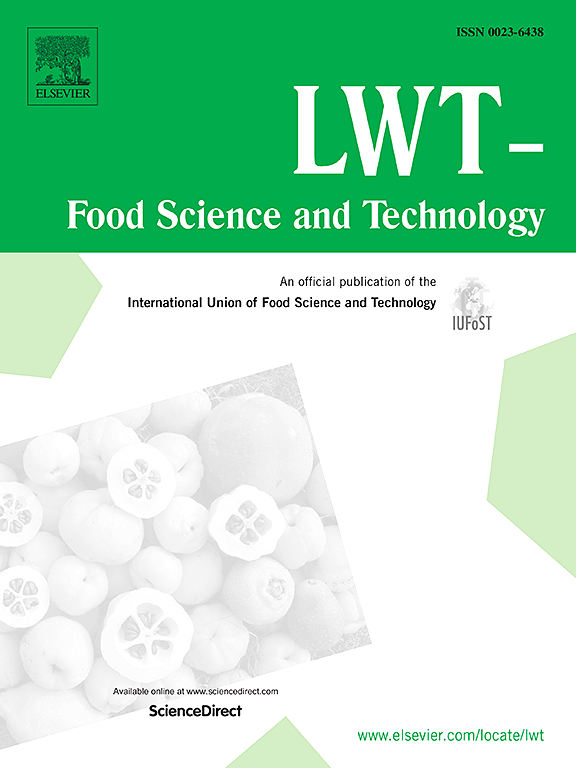
Astaxanthin encapsulated in beads using ultrasonic atomizer andapplication in yogurt as evaluated by consumer sensory profile(2015)
Title : Astaxanthin encapsulated in beads using ultrasonic atomizer andapplication in yogurt as evaluated by consumer sensory profile
Researcher : Taksima, T., Limpawattana, M., Klaypradit, W.
Department : สำนักอธิการบดี มหาวิทยาลัยสยาม
E-mail : maruj.lim@siam.edu
ฐานข้อมูลงานวิจัย มหาวิทยาลัยสยาม : –
Link to article: LWT, 2015, 62(1), pp. 431–437. https://doi.org/10.1016/j.lwt.2015.01.011
Journal : LWT / in Scopus
Bibliography : Taksima, T., Limpawattana, M., & Klaypradit, W. (2015). Astaxanthin encapsulated in beads using ultrasonic atomizer and application in yogurt as evaluated by consumer sensory profile. LWT – Food Science and Technology, 62(1, Part 2), 431-437. https://doi.org/10.1016/j.lwt.2015.01.011

Atomoxetine and escitalopram migrate the derangement of the temporomandibular joint morphologic and histologic changes in rats exposed to stress-induced depression (2023)
Title : Atomoxetine and escitalopram migrate the derangement of the temporomandibular joint morphologic and histologic changes in rats exposed to stress-induced depression
Researcher : Thanatta Songphaeng, Sarawut Lapmanee, Sakkarin Bhubhanil, Kamonchanok Momdee, Catleya Rojviriya, Kemporn Kitsahawong, Pattama Chailertvanitkul, Jariya U. Welbat, Supawich Morkmued
Department : Faculty of Medicine, Siam University, Bangkok, Thailand
E-mail : sarawut.lap@siam.ed
Link to article : Journal of Oral Science, 2023, 65(4), pp. 219–225. https://doi.org/10.2334/josnusd.23-0077
Citation : Songphaeng, T., Lapmanee, S., Bhubhanil, S., Momdee, K., Rojviriya, C., Kitsahawong, K., Chailertvanitkul, P., Welbat, J. U., & Morkmued, S. (2023). Atomoxetine and escitalopram migrate the derangement of the temporomandibular joint morphologic and histologic changes in rats exposed to stress-induced depression. Journal of Oral Science, 65(4), 219–225. https://doi.org/10.2334/josnusd.23-0077
Journal : Journal of Oral Science/ in Scopus
ฐานข้อมูลงานวิจัย มหาวิทยาลัยสยาม : –

Authenticity in Screen Tourism: Significance of Real and Substituted Screen Locations (2018)
Title : Authenticity in Screen Tourism: Significance of Real and Substituted Screen Locations
Researcher : Rittichainuwat, B., Laws, E., Scott, N., Rattanaphinanchai, S.
Department : Service Industry Management, Siam University, Bangkok, Thailand
E-mail : Bongkosh N. Rittichainuwat ngamson@gmail.com
Abstract : This article examines the meaning and significance of screen tourism location authenticity. The article analyses the interrelationship among places (real vs. substituted historical sites associated with tourists’ favorite films and TV programs) and activities (reenactment of photo shootings and costume rentals). The study finds a number of visitor segments go to screen tourism locations. For Screen Authentic Tourists, objective and existential authenticity do not matter as long as the destinations are associated with their favorite films. Screen tourism is a rapidly growing sector; this article examines its dynamics and evaluates various approaches to screen tourism authenticity, particularly theoplacity.
Publication : Journal of Hospitality and Tourism Research Vol.42 No.8 November 2018
Link to Publication: https://journals.sagepub.com/toc/jhtd/42/8
Bibliography : Rittichainuwat, B., Laws, E., Scott, N., & Rattanaphinanchai, S. (2018). Authenticity in screen tourism: Significance of real and substituted screen locations. Journal of Hospitality & Tourism Research, 42(8), 1274–1294. https://doi.org/10.1177/1096348017736568
Author details in Scopus: Rittichainuwat, Bongkosh Ngamsom
Scopus Citations: https://www.scopus.com/sources.uri?DGCID=Scopus_blog_post_check2015
Google Scholar Citations: https://scholar.google.com/citations?user=ifUlKJoAAAAJ&hl=en
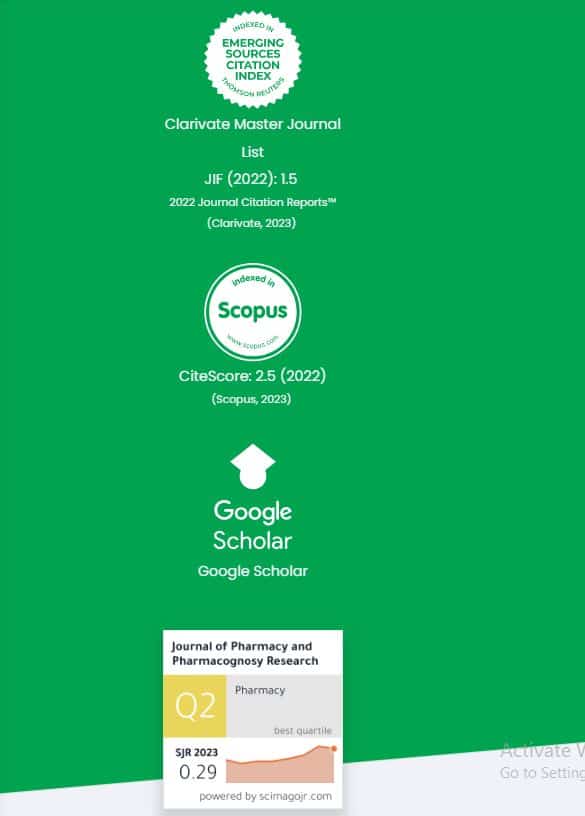
Bioactive compound and chemical characterization of lactic acid bacteria from fermented food as bio-preservative agents to control food-borne pathogens | Compuestos bioactivos y caracterización química de bacterias lácticas de alimentos fermentados como agentes bioconservantes para el control de patógenos alimentarios (2023)
Title : Bioactive compound and chemical characterization of lactic acid bacteria from fermented food as bio-preservative agents to control food-borne pathogens | Compuestos bioactivos y caracterización química de bacterias lácticas de alimentos fermentados como agentes bioconservantes para el control de patógenos alimentarios
Researcher : Techaoei, S., Jarmkom, K., Dumrongphuttidecha, T., Khobjai, W.
Department : Faculty of Medicine, Siam University, Bangkok, Thailand
Abstract : Context: Lactic acid bacteria (LAB), which are found in many fermented foods, are known to produce antimicrobial compounds that play a vital role in food bio-preservation.
Aims: To screen, identify, characterize, and determine the secondary metabolites of LAB isolated from Thai fermented foods that are beneficial against Escherichia coli and Staphylococcus aureus.
Methods: The antimicrobial activity of cell free supernatant (CFS) was evaluated by agar well diffusion assay, and determining the minimum inhibitory concentration (MIC), minimum bactericidal concentration (MBC). Bacterial strains were identified by matrix-assisted laser desorption ionization-time of flight mass spectrometry (MALDI-TOF MS), and chemical compound was conducted by gas chromatography and mass spectrometry (GC-MS). Additionally, microbial dynamic and bile salt tolerance were assessed.
Results: Seven of the 90 lactic acid isolates from Thai fermented foods, showed antibacterial activity against E. coli and S. aureus in the 12.00–16.00 mm inhibitory zone. It was identified that the bacteria were Lactobacillus pentosus, Lactobacillus farciminis, Lactobacillus brevis, and Lactobacillus plantarum. The best antibacterial activity was represented by LBST1861 strain, which also provided bile salt resistance at 0.3% for 24 hours and had MIC and MBC values of 12.5 mg/mL and 50.0 mg/mL against S. aureus and E. coli, respectively. Furthermore, the GC-MS discovered a total of 16 chemical compounds that may be used to limit microbial growth and has a potential to be employed as a bio-preservative.
Conclusions: The most potent strain of LBST1861 strain against S. aureus and E. coli as L. plantarum, isolated from fermented foods in Thailand, generated significant bioactive chemicals that can be applied to promote food products.
Keywords: antimicrobial activity; bioactive compounds; fermented foods; lactic acid bacteria; probiotics.
Link to article: Journal of Pharmacy and Pharmacognosy Research, 2023, 11(6), pp. 1044–1055. https://doi.org/10.56499/jppres23.1713_11.6.1044
Journal : Journal of Pharmacy and Pharmacognosy Research / in Scopus
Citation : Techaoei, S., Jarmkom, K., Dumrongphuttidecha, T., & Khobjai, W. (2023). Bioactive compound and chemical characterization of lactic acid bacteria from fermented food as bio-preservative agents to control food-borne pathogens | Compuestos bioactivos y caracterización química de bacterias lácticas de alimentos fermentados como agentes bioconservantes para el control de patógenos alimentarios. Journal of Pharmacy and Pharmacognosy Research, 11(6), 1044–1055. https://doi.org/10.56499/jppres23.1713_11.6.1044
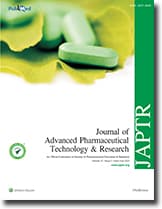
Bioactivities of karanda (Carissa carandas Linn.) fruit extracts for novel cosmeceutical applications (2021)
Title : Bioactivities of karanda (Carissa carandas Linn.) fruit extracts for novel cosmeceutical applications
Researcher : Monsicha Khuanekkaphan1, Warachate Khobjai2, Chanai Noysang3, Nakuntwalai Wisidsri1, Suradwadee Thungmungmee3
Department : 1 Department of Health and Aesthetics, Thai Traditional Medicine College, Rajamangala University of Technology, Thanyaburi, Pathum Thani, Thailand
2 Department of Clinical Chemistry, Faculty of Medical Technology, Nation University, Lampang, Thailand
3 Department of Innovation of Health Products, Thai Traditional Medicine College, Rajamangala University of Technology, Thanyaburi, Pathum Thani, Thailand
Abstract : The aim of this research was to determine the total phenolic content (TPC), antioxidation, antiaging, and antibacterial activities of Carissa carandas Linn., and aims at the novel plant sources which is utilized for their cosmeceutical applications. The two conditions (fresh and dried) and three stages (unripe, ripe, and fully ripe) of C. carandas were extracted by ethanolic maceration. Folin–Ciocalteu assay was used for determining the TPC. 2,2-diphenyl-1-picrylhydrazyl (DPPH) and 2,2′-azinobis(3-ethylbenzothiazoline-6-sulfonic acid) (ABTS) assays were used for estimating antioxidant activity. The inhibitory tyrosinase activities were measured using the modified dopachrome assay. Antiaging was evaluated by inhibition of collagenase and elastase, and antibacterial activities. The result of six extracts from C. carandas showed that the highest phenolic content and elastase inhibition of the fresh fruit in fully ripe stage were 100.31 ± 2.64 mg GAE/g extract and 14.11% ± 0.95%, respectively. The fresh fruit in the unripe stage showed that the strongest percentage of DPPH IC50 and collagenase inhibitory activity were 29.11 ± 0.23 μg/mL and 85.94% ± 2.21%, respectively. The ethanolic extract of unripe dried fruit exhibited the highest antioxidant activity in the of ABTS assay, with an IC50 of 0.17 ± 0.01 μg/mL. The MBC displayed the dried fruit ripe stage anti Cutibacterium acnes, Staphylococcus epidermidis, and Staphylococcus aureus strains were 25.0, 25.0, and 16.25 mg/mL, respectively. The fresh fruit in the ripe stage showed that the strongest inhibition tyrosinase was 93.88% ± 5.64%. The conclusion of this research indicates that the fresh fruit of C. carandas fruit extracts has high potential as a novel cosmeceuticals’ applications to antiaging and skin whitening. The dried fruit in ripe stage extract has the most effective ingredient for antiacne products.
Keywords: Antiaging, antibacterial, Carissa carandas, cosmeceuticals, karanda
Link to Academic article: DOI: 10.4103/japtr.JAPTR_254_20
Journal : Journal of Advanced Pharmaceutical Technology and Research, 2021, 12(2)
Bibliography : Khuanekkaphan, M., Khobjai, W., Noysang, C., Wisidsri, N., & Thungmungmee, S. (2021). Bioactivities of karanda (Carissa carandas Linn.) fruit extracts for novel cosmeceutical applications. J Adv Pharm Technol Res, 12(2) 162-168. Retrieved from https://www.japtr.org/text.asp?2021/12/2/162/314675
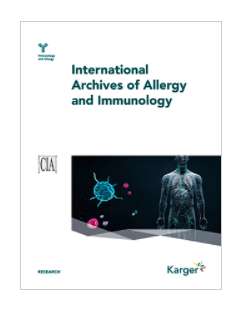
Blood Coagulation and Asthma Exacerbation in Children (2016)
Title : Blood Coagulation and Asthma Exacerbation in Children
Researcher : Clin.Prof.Suwat Benjaponpitak
Department : Faculty of Medicine, Siam University, Bangkok, Thailand
E-mail : med@siam.edu
Abstract : Background: Recent studies have demonstrated the activation of coagulation pathways in asthmatic airways. This study aimed to determine systemic blood coagulation during asthma exacerbation compared with the stable state in children.
Methods: Pediatric patients (aged between 5 and 15 years) suffering from asthma exacerbation were enrolled. von Willebrand factor (vWF), plasminogen activator inhibitor type-1 (PAI-1), protein C, D-dimer, prothrombin fragment 1 + 2 (F1 + 2), thrombin-antithrombin complex (TAT), and C-reactive protein (CRP) levels were measured during asthma exacerbation and stable state.
Results: A total of 22 patients were enrolled. The median vWF, PAI-1, and CRP during asthma exacerbation were significantly higher than those of the stable state: 147.5% (interquartile range, IQR: 111.05-196.57) versus 94% (IQR: 69.72-109.62, p < 0.001), 41.9 ng/ml (IQR: 21.91-48.61) versus 26.17 ng/ml (IQR: 15.89-34.44, p < 0.03), and 4.46 mg/l (IQR: 2.15-16.23) versus 0.87 mg/l (IQR: 0.20-3.89, p < 0.015), respectively. However, the median protein C during asthma exacerbation was significantly lower than that of the stable state: 99.5% (IQR: 86.75-117) versus 113% (IQR: 94-115.25), p = 0.01. No significant difference was found between the levels of D-dimer, F1 + 2, and TAT during asthma exacerbation and stable state. Ultimately, D-dimer was positively correlated with asthma exacerbation score (R = 0.466, p = 0.027). A significant correlation was observed between vWF and CRP (R = 0.527, p = 0.012).
Conclusion: Evidence was found of increased endothelial activation and increased PAI-1 during asthma exacerbation. This may emphasize the potential role of blood coagulation in asthma exacerbation.
Link to Academic article: https://www.karger.com/Article/FullText/446775
Journal : International Archives of Allergy and Immunology Vol. 170, No. 2, 2016
Bibliography : Manuyakorn, W., Mairiang, D., Sirachainan, N., Kadegasem, P., Kamchaisatian, W., Benjaponpitak, S., & Chuansumrit, A. (2016). Blood coagulation and asthma exacerbation in children. Int Arch Allergy Immunol, 170(2), 75-83. doi: 10.1159/000446775.
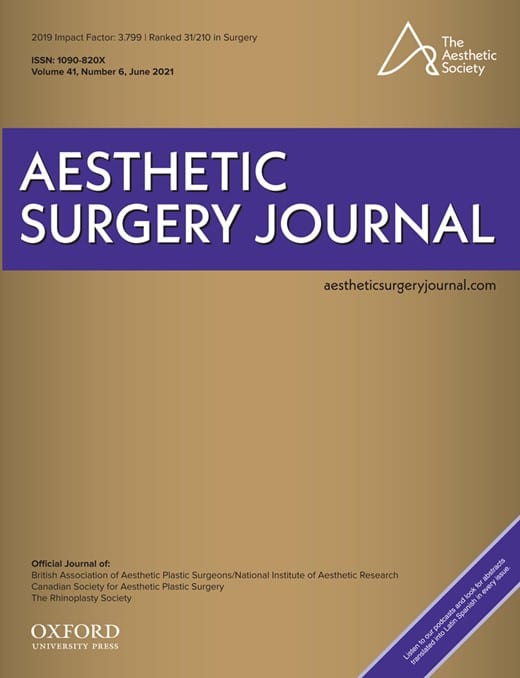
Cadaveric Dissections to Determine Surface Landmarks Locating the Facial Artery for Filler Injections (2021)
Title : Cadaveric Dissections to Determine Surface Landmarks Locating the Facial Artery for Filler Injections
Researcher : Tansatit, T., Kenny, E., Phumyoo, T., Jitaree, B.
Abstract : Background: The facial artery is a high-risk structure when performing filler injections at the nasolabial fold, buccal, and mandibular regions.
Link to Academic article: https://doi.org/10.1093/asj/sjaa235
Journal : Aesthetic Surgery Journal, 2021, 41(6).
Bibliography : Tansatit, T., Kenny, E., Phumyoo, T., & Jitaree, B. (2021). Cadaveric Dissections to Determine Surface Landmarks Locating the Facial Artery for Filler Injections. Aesthetic Surgery Journal, 41(6), NP550–NP558. https://doi.org/10.1093/asj/sjaa235
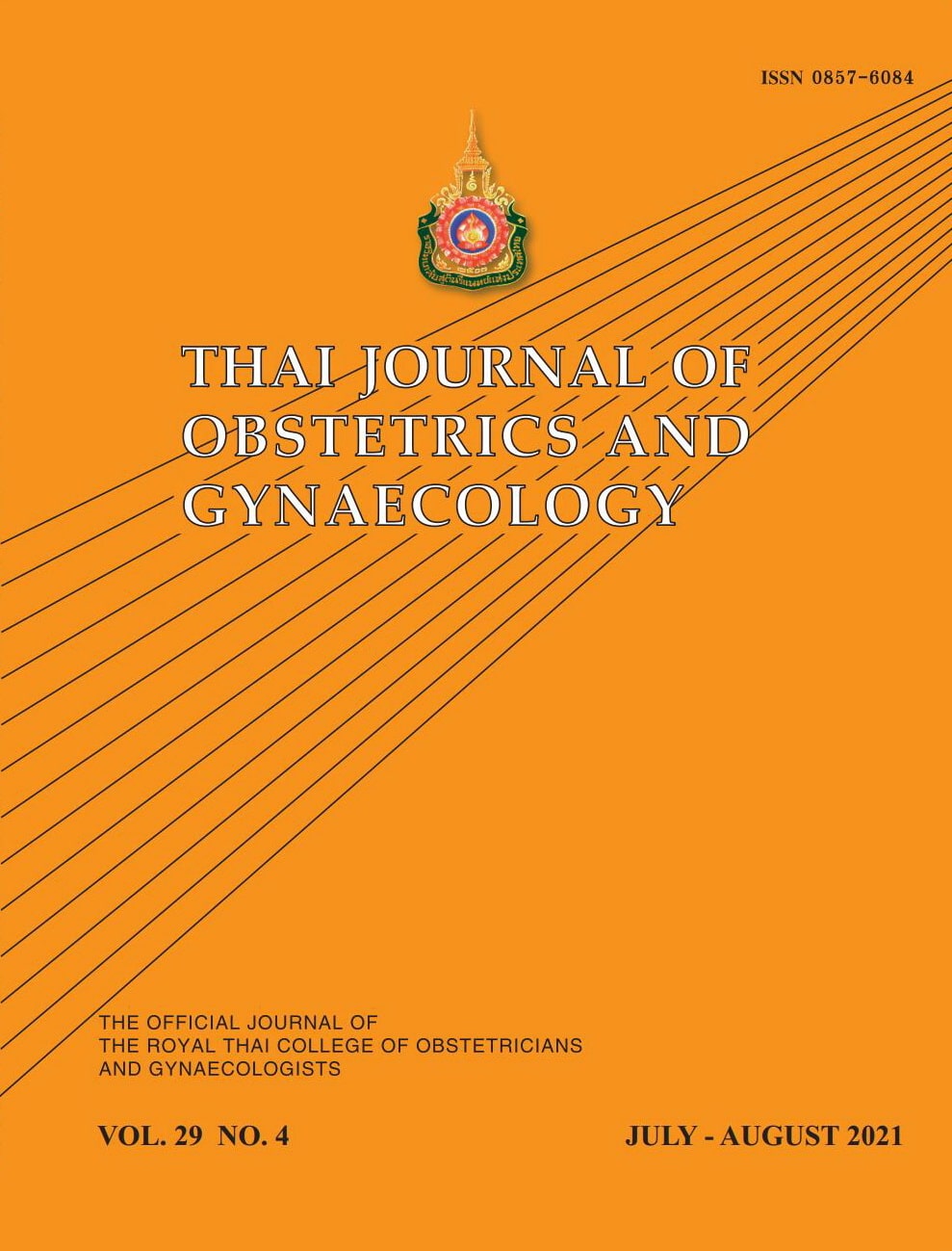
Cesarean section rate based on the robson 10-group classification at Rajavithi Hospital from 2015-2018 (2021)
Title : Cesarean section rate based on the robson 10-group classification at Rajavithi Hospital from 2015-2018
Researcher : Khornwong, S., Kovavisarach, E.,
Abstract : Objectives: To analyze cesarean section (CS) rates based on the Robson 10-group classification system (TGCS) and to examine the trends of cesarean section rates at Rajavithi Hospital (RH) between 2015 and 2018.
Materials and Methods: This cross-sectional study included all deliveries in RH between 1st January, 2015 and 31st December, 2018. The TGCS was used to categorize cesarean deliveries and all data collected.
Results: A total of 19,840 deliveries were analyzed. The annual CS rates were 35.5% (1710/4813), 36.6% (1809/4949), 35.2% (1836/5223) and 34.8% (1689/4855) in 2015, 2016, 2017 and 2018, respectively. The trend of the CS rates in each group and that of relative and absolute contributions were similar within the study period (p = 0.290). Group 1, 3 and 10 accounted for almost 70% of the study population and multiparous women with previous CS in (30.8%, 32.6%, 31.9% and 31.9%; p = 0.718), followed by group 2 (17.5%, 18%, 18.9% and 17.9%; p = 0.506) and group 1 (16.1%, 16.8%, 14.4% and 15.2%; p = 0.211), respectively.
Conclusion: The overall CS rate during the four-year period 2015-2018 varied between 34.8% and 36.6%, and the highest relative and absolute contribution to the overall CS rate at.
Keywords: Cesarean section rate The Robson 10-group classification Rajavithi Hospital
Link to Academic article: DOI: https://doi.org/10.14456/tjog.2021.23
Journal : Thai Journal of Obstetrics and Gynaecology, 2021, 29(4).
Bibliography : Khornwong, S., & Kovavisarach, E., (2021). Cesarean section rate based on the robson 10-group classification at Rajavithi Hospital from 2015-2018. Thai Journal of Obstetrics and Gynaecology, 29(4), 191–197.

Changing the Landscape: An Introduction to the Agricultural and Food Chemistry Technical Program at the 258th American Chemical Society National Meeting in San Diego(2020)
Title : Changing the Landscape: An Introduction to the Agricultural and Food Chemistry Technical Program at the 258th American Chemical Society National Meeting in San Diego
Researcher : Michael Appell, Atanu Biswas, SeChin Chang, Wei Chen, H. N. Cheng, Jim Daily III, Xuetong Fan, Michael Granvogl, Mingming Guo, Yoshihiro Ito, Tony Jin, Masuko Kobori, Jane V. Leland, LinShu Liu, Yangchao Luo, Shaun MacMahon, Kanjana Mahattanatawee*, Sunghyun Nam, Coralia Osorio, Bosoon Park, Daxi Ren, Shengmin Sang, Fereidoon Shahidi, Michael Tunick, Chibuike C. Udenigwe, Qin Wang, Wallace H. Yokoyama, Liangli Lucy Yu, Yaqiong Zhang, and Yingdong Zhu
Department : *Food Technology Department, Faculty of Science, Siam University
E-mail : *kanjana@siam.edu
ฐานข้อมูลงานวิจัย มหาวิทยาลัยสยาม : –
Link to article: Journal of Agricultural and Food Chemistry, 2020, 68(46), pp. 12769–12772. https://doi.org/10.1021/acs.jafc.0c02809
Publication: Journal of Agricultural and Food Chemistry / in Scopus
Bibliography : Appell, M., Biswas, A., Chang, S., Chen, W.,Cheng, H. N., Daily III, J., Fan, X., Granvogl, M., Guo, M., Ito, Y.,Jin, T., Kobori, M., Leland, J. V., Liu, L., Luo, Y.,MacMahon, S., Mahattanatawee, K.,Nam, S., Osorio,C., …Zhu, Y. (2020). Journal of Agricultural and Food Chemistry, 68(46), 12769–12772. https://doi.org/10.1021/acs.jafc.0c02809